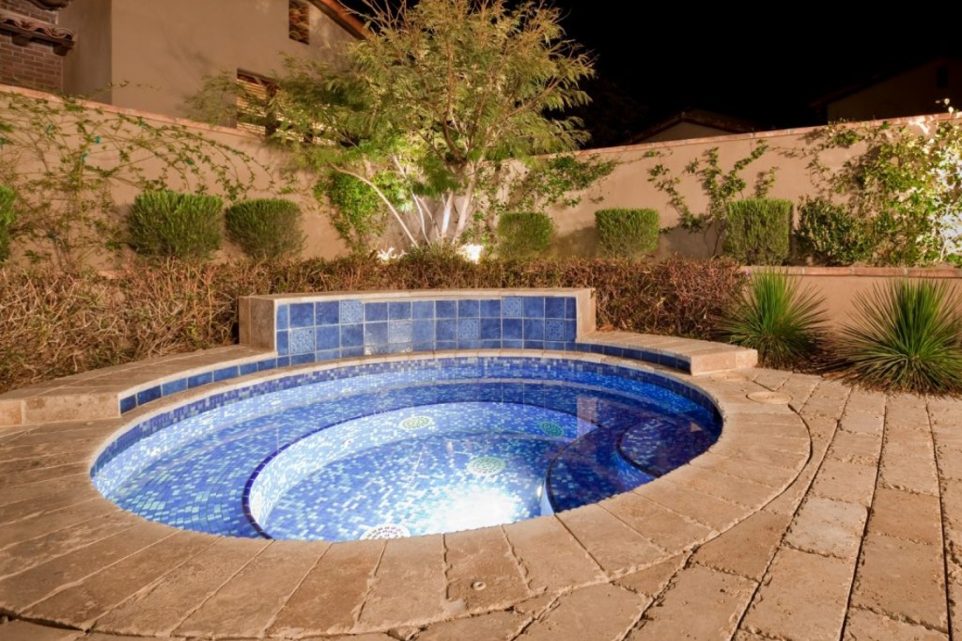5 Things to Know About and In-Ground Hot Tub Before You Buy

Imagine stepping into the soothing embrace of warm water in your backyard, under a canopy of stars, every evening. This dream can become a reality with an in-ground hot tub, a symbol of luxury and relaxation. However, before you embark on this exciting journey, it’s crucial to arm yourself with the right knowledge. An in-ground hot tub is not just a purchase—it’s an investment in your home and overall well-being.
Unlike their portable counterparts, in-ground hot tubs require thoughtful consideration, from installation to long-term maintenance. In this blog, we’ll dive into the five essential things you need to know before purchasing an in-ground hot tub. From understanding installation complexities to exploring design possibilities, we’re here to guide you through making this significant addition to your home, a seamless and rewarding experience.
1. Installation and Cost
Unlike an inflatable hot tub that can be set up quickly and inexpensively, an in-ground hot tub requires a considerable amount of planning and investment. The installation involves excavation, plumbing, electrical work, and possibly custom design elements. This complexity means higher costs not only for the installation but also for long-term maintenance. It’s vital to get a comprehensive quote from a reputable installer and factor these costs into your budget.
2. Maintenance and Upkeep
Owning an in-ground hot tub means committing to its maintenance. Regular tasks include balancing the water chemistry, cleaning, and ensuring the filtration system is working correctly. Unlike above-ground models, in-ground hot tubs often have more complex systems, which might require professional servicing. Ensure you are ready for the ongoing maintenance or have a plan in place for a professional to assist.
3. Energy Efficiency and Costs
In-ground hot tubs can significantly increase your home’s energy consumption. They require constant heating, and the pumps and filtration systems use electricity. When choosing your hot tub, look for energy-efficient models that help reduce operating costs. Additionally, consider investing in a good-quality cover to retain heat and reduce energy usage.
4. Design and Customization
One of the significant advantages of in-ground hot tubs is the ability to customize them to fit your aesthetic and functional needs. You can choose the shape, size, depth, and even the type of jets and lighting. This customization allows you to create a hot tub that not only meets your relaxation needs but also complements your home’s design. However, remember that more customization can lead to higher costs.
5. Health and Safety
Considerations An in-ground hot tub can offer numerous health benefits, including stress relief, muscle relaxation, and improved sleep. However, it’s essential to consider safety, especially if you have children or pets. Ensure your hot tub design includes safety features like non-slip surfaces and a sturdy cover. Also, be aware of the health guidelines regarding water temperature and usage time to prevent issues like overheating or dehydration.
Conclusion
An in-ground hot tub can be a fantastic addition to your home, offering a blend of luxury, relaxation, and social entertainment. However, it’s a significant investment that requires careful consideration of factors like installation costs, maintenance, energy efficiency, design, and safety. While an in-ground hot tub provides a more permanent and luxurious experience compared to an inflatable hot tub, it demands a higher level of commitment in terms of time, money, and upkeep.
If you’re not ready for the commitment that comes with in-ground hot tub installation and maintenance, it may be a good idea to test the waters with an inflatable option instead. By being well-informed and prepared, you can make the right decision for your lifestyle and ensure that your hot tub experience is enjoyable and stress-free, no matter which option you choose.
Decades of Combined Expertise
Best Buy Guidebook is a culmination of online publishing lessons learned. From SEO to paid ads, our team has experienced the highest of highs and the lowest of lows. Our goal now is simple: Arm readers with the most information possible.
